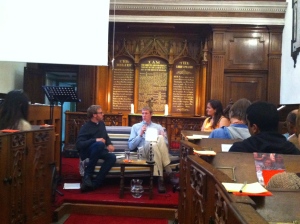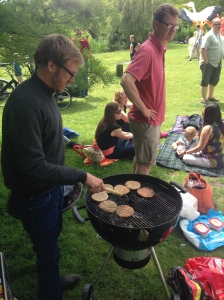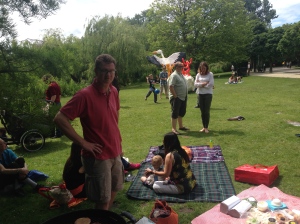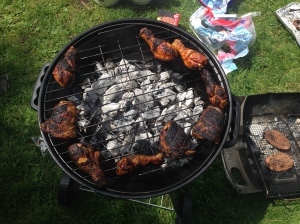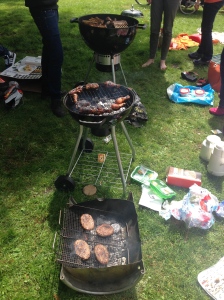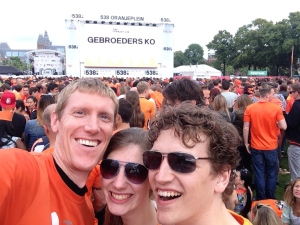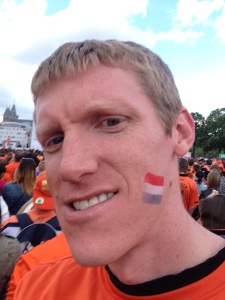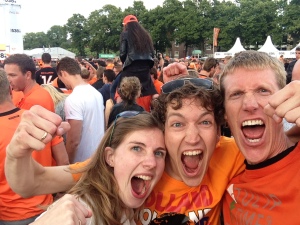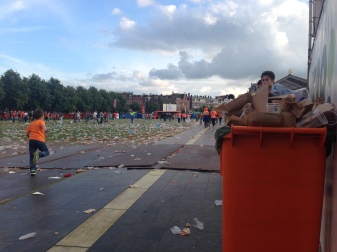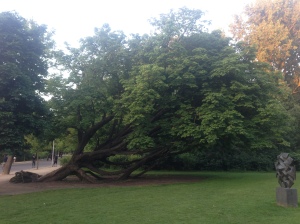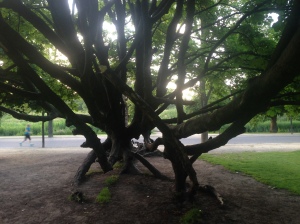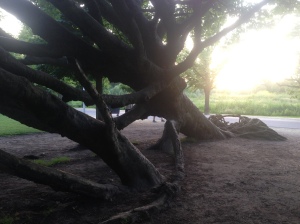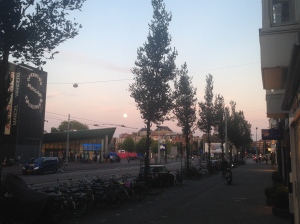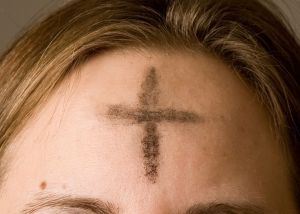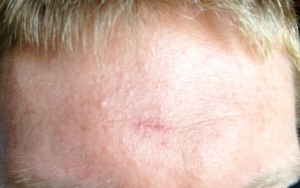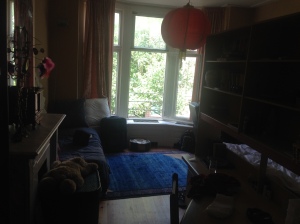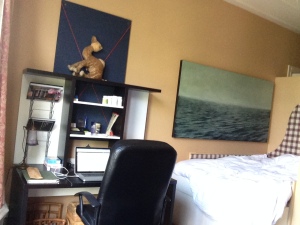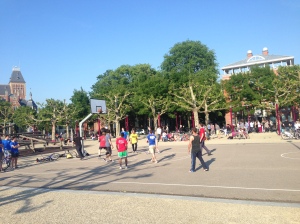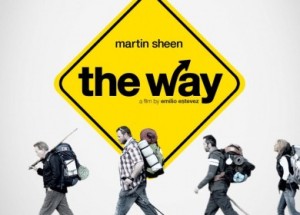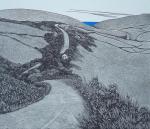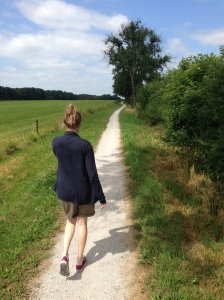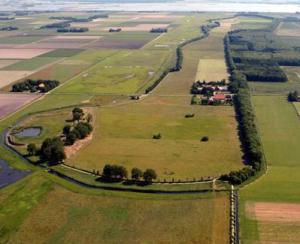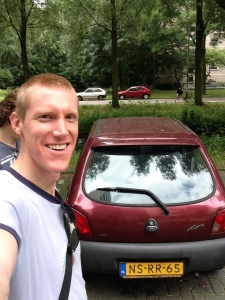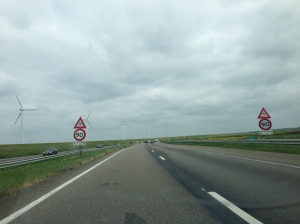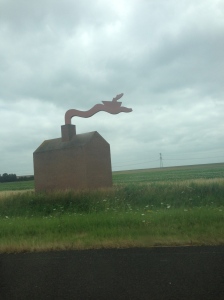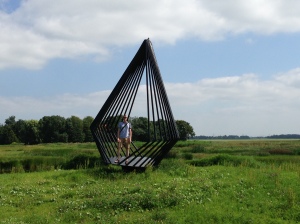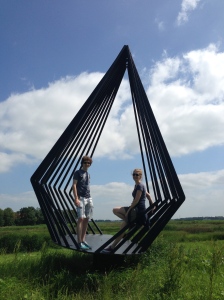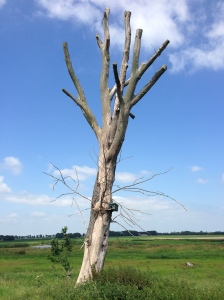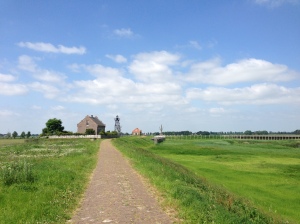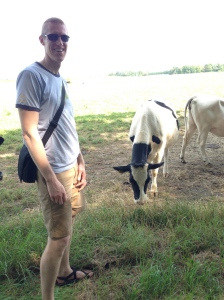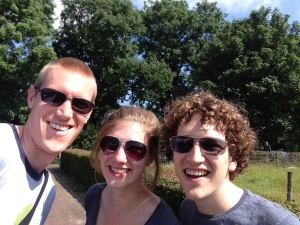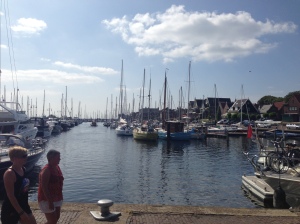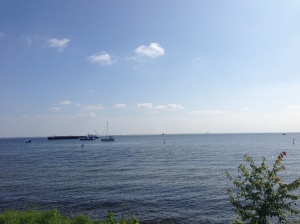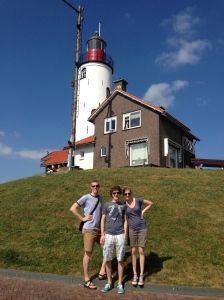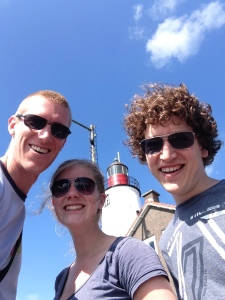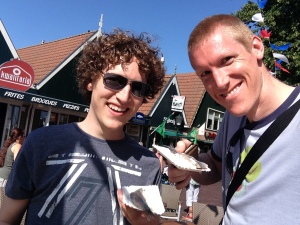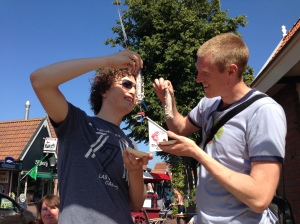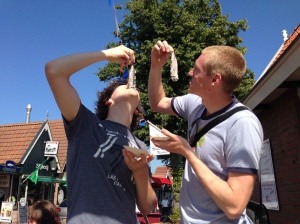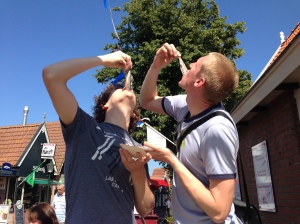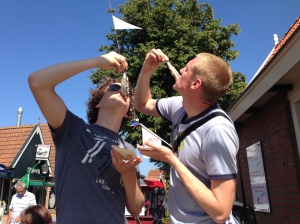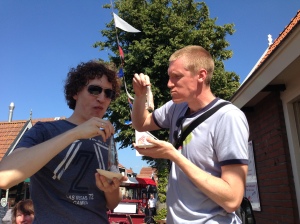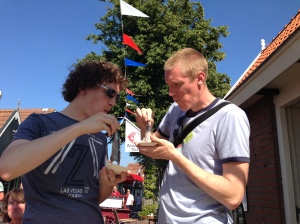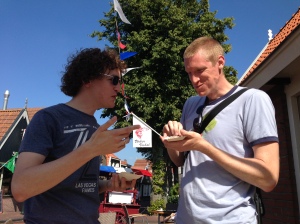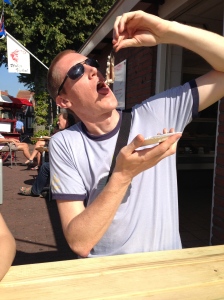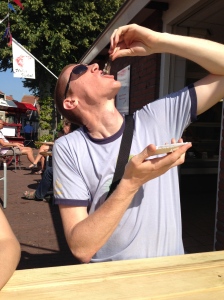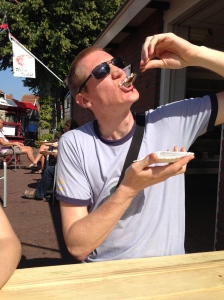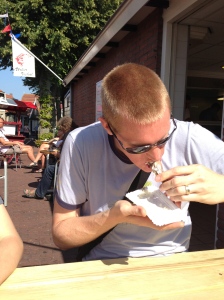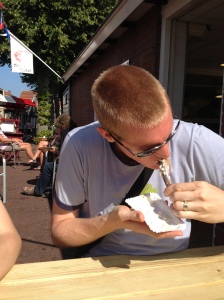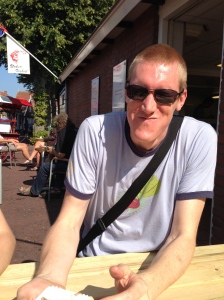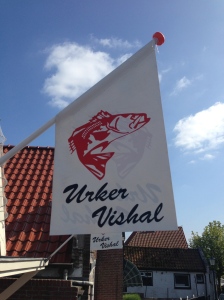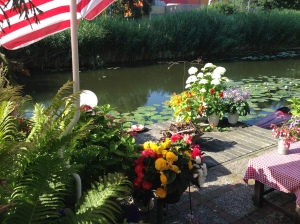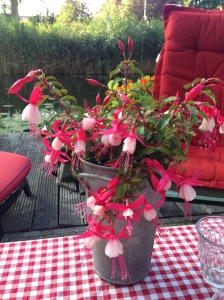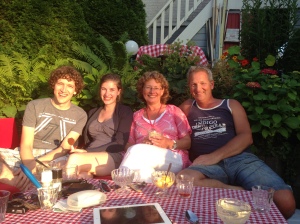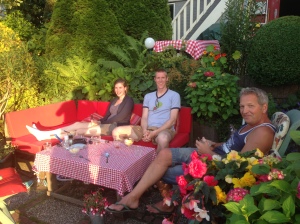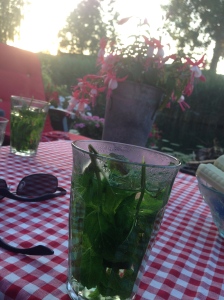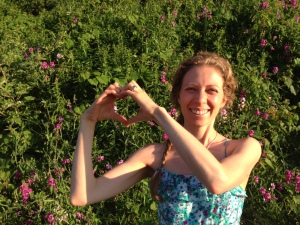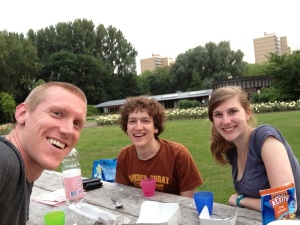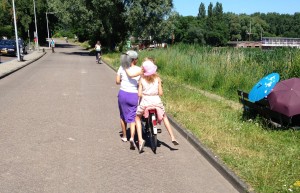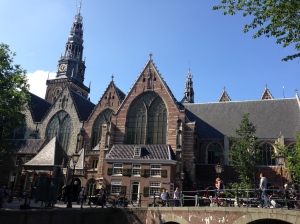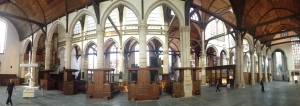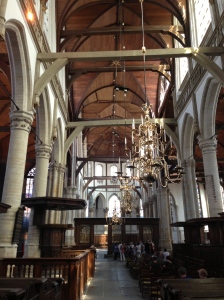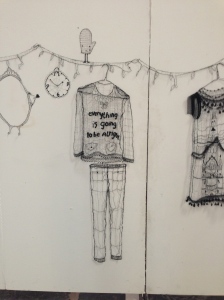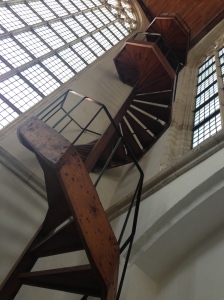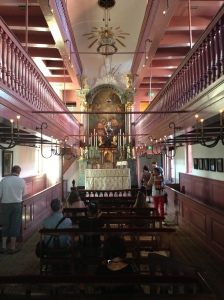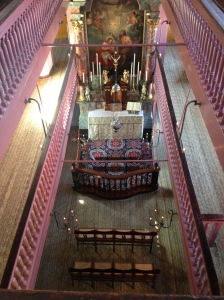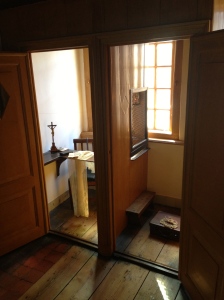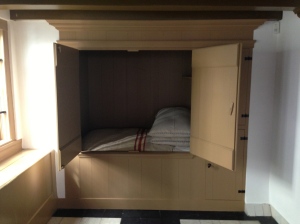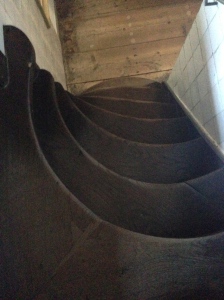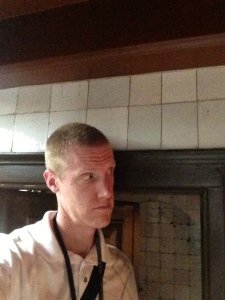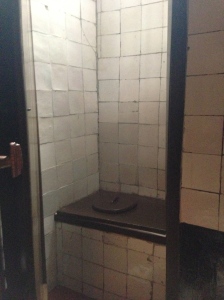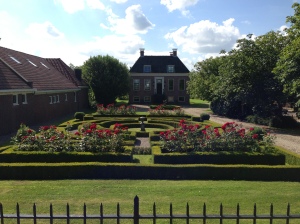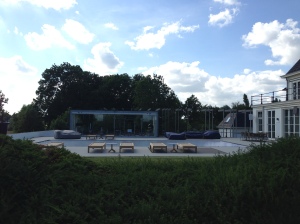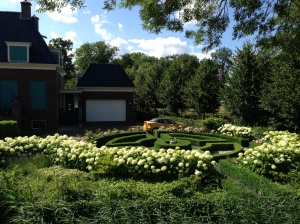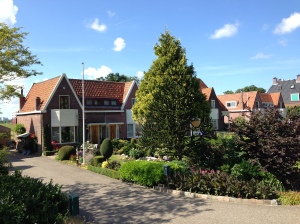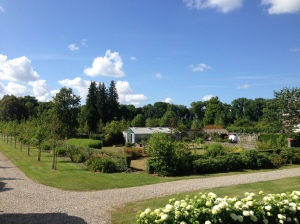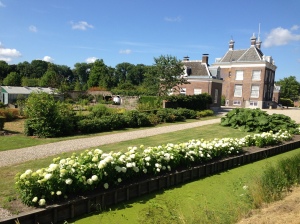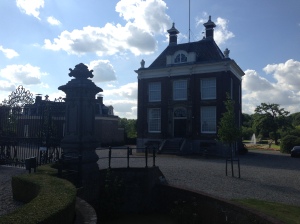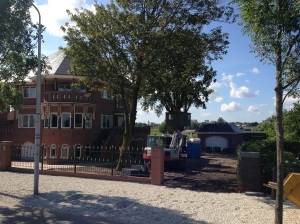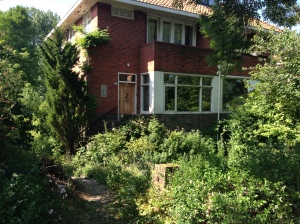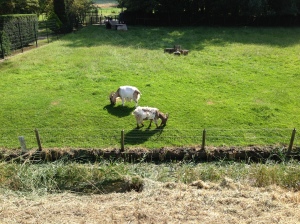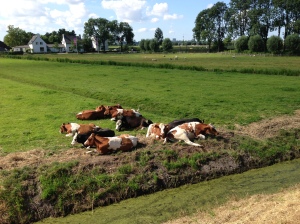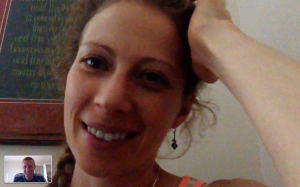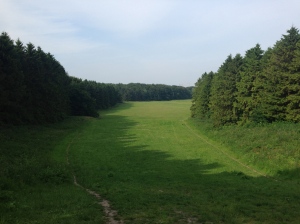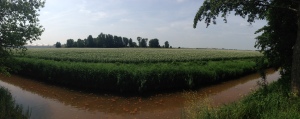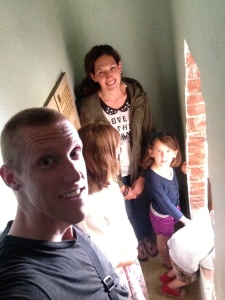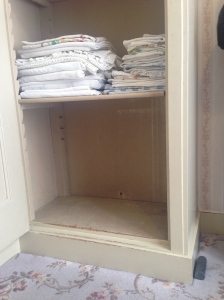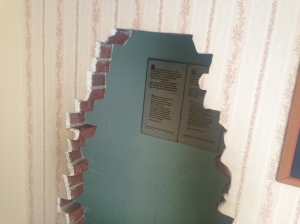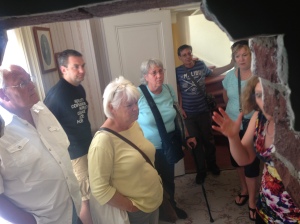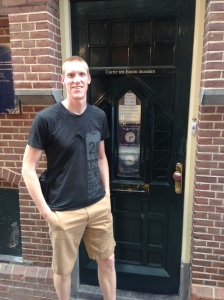This past weekend (July 18 and 19) Iwan, Anne, and I made our way south from Amsterdam into Belgium for a brief holiday. I had never been to either city before, and each of them had only been to one or the other, so we were all going exploring. We decided against taking a frantic pace and trying to see everything, and chose, instead, to see what we could, but to prioritize rest and fellowship. I believe that we chose wisely!
Ghent and Bruges are both beautiful cities. As you will see, they are full of very remarkable architecture, grand cathedrals, inspiring art, delicious food and drink, and some mighty fine chocolate! Bruge is known as the “Venice of the North,” although it is not the only city north of Venice to make that claim for itself! One of the greatest parts of both cities is that they are full of great things to see and do, but neither are so big that you can’t easily walk them in a day. Here are a number of photos from the trip, along with a story or two.
Ghent is home to a very famous piece of art, known as the Ghent Altarpiece, The Adoration of the Lamb by the van Eyck brothers, Hubert and Jan. It was commissioned of Hubert, but most think Jan, the younger and better-known brother, completed it. It is a series of panels presenting several prominent biblical figures on the top (Adam and Eve on the edges, angelic choirs next to them, then Mary and John the Baptizer, with what most scholars think is a composite of God the Father and the Son in the middle), and an exquisite portrayal of the processions streaming toward the Lamb on the Throne, an image from Revelation 4-5. This piece is housed in the Sint Baafs (elsewhere spelled Bavo) Cathedral, and was so intricate and overwhelming I could have looked at it for hours. For instance, if I remember correctly, there are at least 42 distinct and recognizable plants on the bottom central panel alone. It was a joy to see, and worth the €4 entrance fee!
Another part of the history of the piece-considered by many one of Northern Europe’s finest pieces of art-is how close it has come to destruction over time, whether by fire or by thievery. Apparently it was taken by the Germans in WWI, and returned after the war (though one was lost and had to be repainted from a b/w photograph of the original, the panel is the 2nd one in from the lower left). I’m unclear on the exact history, but the altarpiece was stored in a salt mine during WWII, probably as protection from the Nazis who went throughout Europe stealing important works of art, both to fill the halls of the Fuhrer’s Museum, and to simply destroy the cultural heritage of the Jews.
The recent film The Monuments Men tells (a version of?) the story of a group of American architects and art historians who went around during the war and stole back some of the world’s most important pieces of art, which would have been destroyed by the Nazis if not for their heroic efforts (although lots and lots were destroyed). The ragtag group’s efforts begin in Ghent, to recover the altarpiece.

A panoramic of Ghent’s famous skyline across the canal. The setup for the 10-day festival starting that night affects the view ever so slightly.
A great story about Ghent is the history behind their annual 10-day festival (which kicked off the night we arrived). Years ago Ghent had a variety of festivals spread throughout the year, and employers began to complain that whenever there was a festival, many of their employees would call in sick on Monday morning (this is Belgium, after all, they’re not drinking Coke all weekend). So, in typical Dutch/Belgian pragmatism, they decided to just moved all the festivals together and made a mega-festival. This way people can just take this time off a work, get their festival on, and then get back to work until next year!

Fabulous food (I had both smoked and pan fried salmon) in the shade on the edge of the main square. We ended up having front row seats for the parade that went by…
There was a small parade that went by, apparently to kick off the festival?? I have to say, it was a pretty pathetic parade – no offense intended! There was a small band, two VW beetles, a confetti canon shaped like a carrot, a strange hotdog stand looking mobile home thing on wheels, and (the last part was awesome, actually) a group of percussionists who used only throw-away or home decor products to create a really cool beat! (though the fact they were wearing white suits and gas masks was a bit freaky)

The police man who was walking in front of the cars pointed to his eyes, then to the driver of this car, as if to say “I can see that you are drinking and “driving”. It didn’t stop him from drinking!
We spent the night in a “budget” hotel in Bruges. It was the smallest hotel room I have ever been in, and it had bunk beds! I slept on the twin bed that was overtop a double bed. That was actually a brilliant design. There was nowhere to sit except the bed; the shower was 3 feet from the bed and exposed to the room, and the bathroom door did not latch. We didn’t spend very much time there, but it served its purpose!

This seemed quintessential Dutch/European to me – woman sweeps a perfectly clean street/sidewalk early in the morning.

Breakfast under a canopy off the main square in Bruges was heavenly – delicious food and a really fun atmosphere. The colors of the buildings in the background are so fun!

Anne and I on a scenic bridge over the canal with one of many incredible cathedrals in the background.
This was random, but fun!
All in all it was a very fun adventure, the perfect combination of seeing the places and enjoying the company. Both cities are worth visiting again. They are both romantic cities with scenic canals, impressive buildings, cafes with large terraces, and chocolate shops on every block. Perhaps someday Mariah and I will be able to explore them together!








